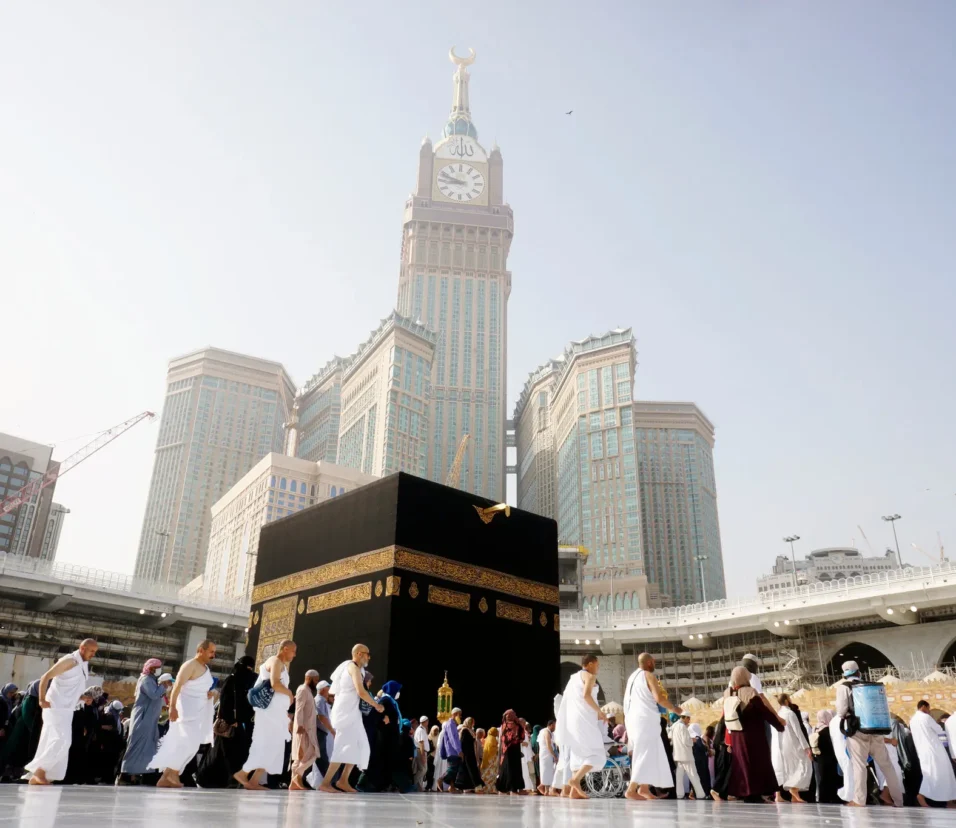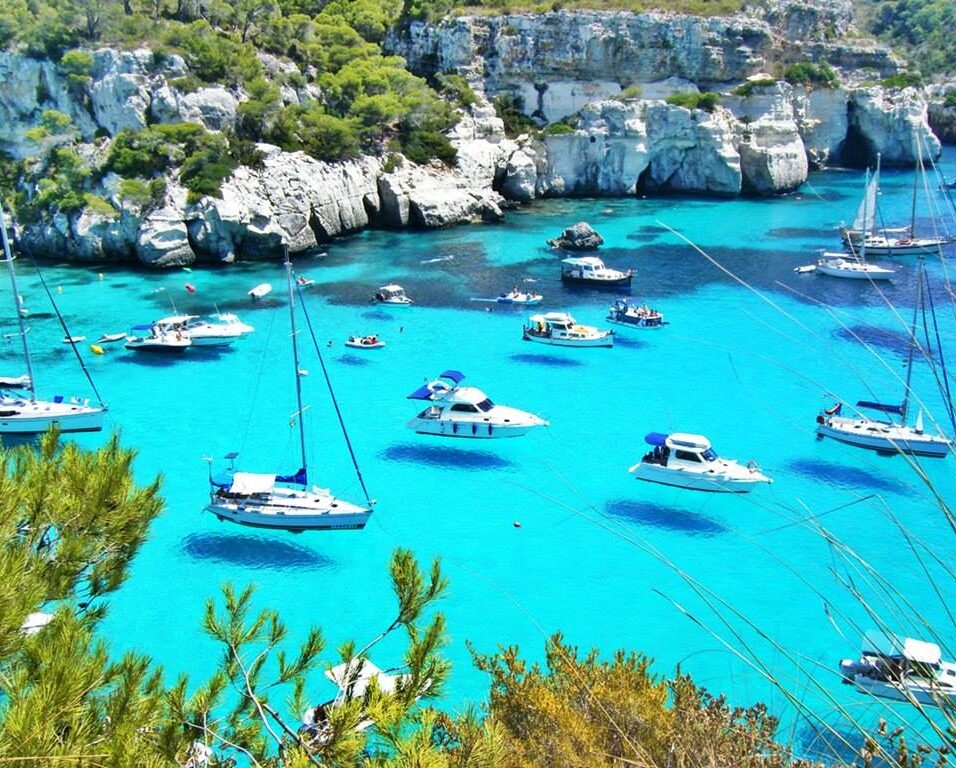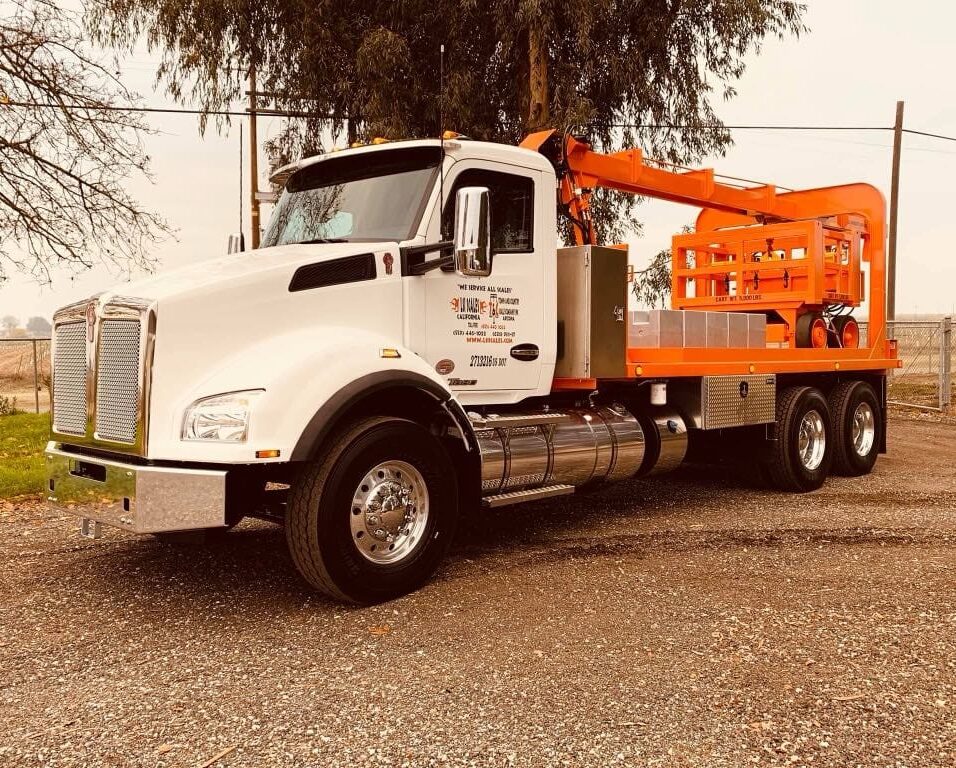Nandprayag
On the way to Badrinath temple, one of the Char Dham pilgrimages and one of the Panch Badri, at the confluence of the Alaknanda and Nandakini rivers, lies Nandprayag, the second of the Panch Prayag, the other four being Vishnuprayag, Karnaprayag, Rudraprayag, and Devprayag, according to the descending order of the river Alakhananda, which meets the other four tributaries of the holy Ganga at four different places.
Nandprayag is located in Chamoli district on the Joshimath-Badrinath road, 21.3 km from Karnaprayag and 10.5 km from Chamoli. Nandprayag, located 914 meters above sea level, is thought to be the capital city of the Yadu Kingdom in the Dwapar Yuga. Legend has it that King Nand meditated on a stone at the confluence, dedicated to Lord Vishnu. Lord Vishnu responded to his prayer by accepting him as his son; however, Devki, the cruel king’s sister, received the same blessings. To manage this situation, Lord Vishnu was born from Devki and raised by Nand-Yasoda. The stone on which King Nand meditated serves as the foundation of the char dham yatra Nandprayag temple. The place is named after King Nand, who meditated at the confluence of the Alaknanda and Nandakini rivers.
Hindu devotees take a dip in the sacred confluence of Nandprayag before entering the temple to perform pooja (worship). The mesmerising beauty of two sister rivers meeting at the confluence will stay with you for the rest of your life. One fierce sister meets another placid sister, and both calm down to flow together, creating an enchanting view.
Do you want to visit Char Dham? Char Dham Travel Agent is the best place to plan your Char Dham tour. You can book the tour from here.
Nandprayag is more than just a religious site with a temple and a confluence; it is also a popular trekking destination. Nandprayag is a popular destination for tourists interested in sightseeing, skiing, and rock climbing. Adventure sports have thrived in Nandprayag. Furthermore, Nandprayag is a beautiful town and nagar panchayat in the Chamoli district that provides opportunities for shopping and bringing home souvenirs. The beauty of Nandprayag town, which stands above Nandprayag, allows you to roam around and relax after a long pilgrimage tour.
The Legend of Nandprayag.
The legend of Nandprayag originates from the legend of Panch Prayag’s formation, which is associated with the tale of Goddess Ganga’s arrival on earth to erase the ashes of King Bhagirath’s ancestors. Sage Kapil cursed King Bhagirath’s ancestors (father and uncles numbering in the thousands) and turned them into ashes. They accused the meditating sage of stealing their horse, which they had prepared for sacrifice during King Sagar’s Aswamedh Yagya ceremony. King Sagar is King Bhagirath’s grandfather. Furious sage Kapil, who had previously been unaware that a thief had tied the horse by his side to escape Bhagirath’s ancestors, cursed and turned them to ashes.
When King Bhagirath realized his ancestors’ history, he went to see Sage Kapil and asked him how he could perform the last rites for his father and uncles. Sage Kapil advised him to call Ganga to remove the ashes and thus free them. King Bhagirath prayed to the goddess Ganga for years, asking her to descend to earth, wipe away his ancestors’ ashes, release them from their sins, and relieve him of the Pitri Rin (loan to ancestors). Goddess Ganga char dham yatra tour operators accepted the request and asked Lord Shiva to bear her force so that the earth could cope. Lord Shiva agreed to Ganga’s request and sat on earth to land her through his jata (hair locks). While falling to earth, the river goddess Ganga divided into 12 streams (tributaries) to help the earth withstand her force.
Would you like to visit Indiar? A tour operator in India is the best place to plan your tour. You can book a tour from here.
Panch Prayag is home to five different Ganga tributaries that meet at five different points. In Vishnuprayag, Alakhananda meets Dhauli Ganga, then meets the Nandakini River and forms Nandprayag. She now moves on to form Karnaprayag, which joins the Pindar River; then meets the Mandakini River to form Rudraprayag; and finally mixes with the Bhagirathi River to form Devprayag, the last of the five prayags.
The best time to visit Nandprayag.
Aside from the monsoon months, you can visit Nandprayag any time of year. Monsoon season is also enjoyable, with lush greenery and breathtaking natural beauty, but heavy rains make travel difficult due to landslides and road blockages. The best months to visit will be March through June and October through November.
How do I get to Nandprayag?
By Air: The nearest airport is Jolly Grant Airport in Dehradun, 208 kilometres from Nandprayag via Rishikesh-Devprayag-Rudraprayag.
By Railway: Rishikesh railway station is the nearest railhead, 192 kilometres from Nandprayag. You can get from Rishikesh to Nandprayag by bus or taxi.
By Road: Nandprayag is well connected to all major cities in Uttarakhand by road, including Nainital, Almora, Srinagar, Haridwar, Rishikesh, Dehradun, Karnaprayag, Devprayag, Rudraprayag, and other towns. Delhi is 422 kilometers away from Nandprayag.
Would you like to visit Haridwar? Travel agents in Haridwar are the best place to plan your trip. You can book your tour right here.
Places near Nandprayag:
Gopeshwar Temple: Similar to Kedarnath temple in structure, Gopeshwar temple dedicated to Lord Shiva is 10 km from Chamoli with a grand dome, 30 square feet of sanctum, and 24 doors. Gopeshwar temple, built between the 9th and 11th centuries AD during the Katyuri dynasty, is home to Rudranath temple, one of the Panch Kedar during the winter season. This temple is unique in offering ‘Bel-Patra’ to Lord Shiva instead of milk and water. According to legend, this was the site where a cow milked the Shiva Linga every day, and the state’s king built a temple there.
Gangeshwar Temple: Just before reaching Nandprayag, there is a small diversion that leads to a grand Gangeshwar Mahadev temple nestled beneath a massive Peepal tree. To reach the Gangeshwar temple, you must first cross a bridge over the Alaknanda River.
Gopalji and Chandika Maa Temple: During your visit to Nandprayag Market, a path will lead you to the Gopalji Temple, dedicated to Lord Krishna. Proceeding further will lead you to the Chandika Maa temple, honoring the goddess Parvati, seated beneath an umbrella.
Hanuman Chhatti: Temple dedicated to Hanuman. Hanuman Chhatti is believed to be the location where the second Pandava Bheema of the Hindu holy epic Mahabharata met with god Hanuman, the monkey form of Lord Shiva incarnated to support Lord Vishnu, who had incarnated as Lord Rama during the Treta Yuga period. Hanuman appeared in Dwapar Yuga in front of Bheema as an old monkey with a long tail on the way to pick a flower for Draupadi during their exile. Hanuman did so to test Bheema’s strength, which he boasted about. When Bheema couldn’t lift Hanuman’s tail, he realised it wasn’t just any monkey, but Lord Shiva himself, who had come to bless him.
Chopta Village: Surrounded by pine, deodar, and rhododendron forests with diverse flora and fauna, Chopta Village, 2,680 meters above sea level, provides spectacular views of Chaukhamba, Nanda Devi, and Trishul peaks and serves as the starting point for treks to Tungnath and Chandrashila peaks. Chopta village, a hill station, welcomes you with rhododendron and deodar trees in full bloom from March to April.





